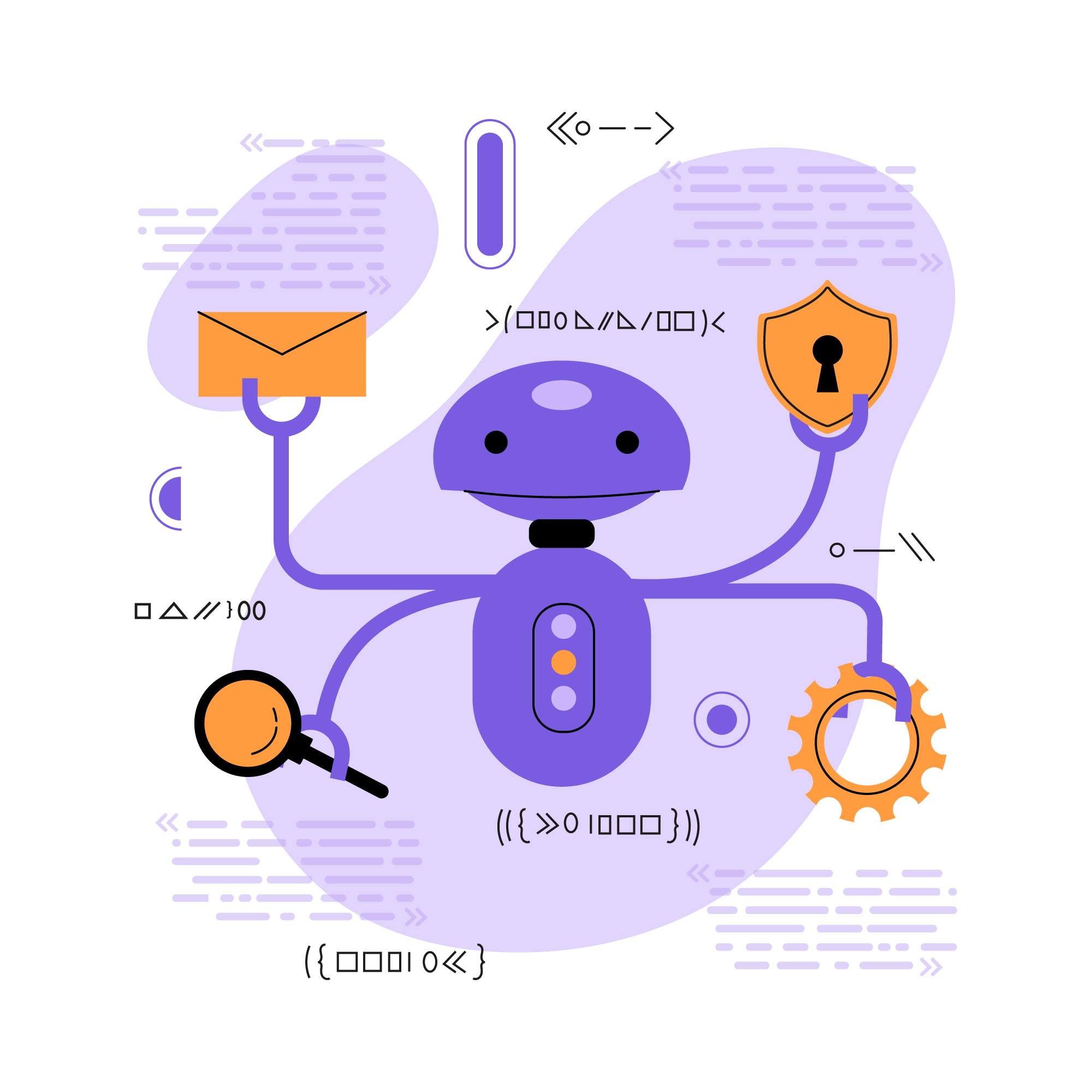Beyond the Resume: Career Transformation at Nineleaps
What happens when a company actually backs up its talk about valuing potential over pedigree? For Pavan Thejamurthy, Director of Programs at Nineleaps, the answer lies in a remarkable career transformation at Nineleaps, an eleven-and-a-half-year journey featuring five distinct chapters. Pavan's story is compelling proof that a single organization can truly be the launchpad for a multifaceted, evolving career path.Defining the Role:As a Director of Programs, Pavan's primary function is strategic oversight, which means more than just managing timelines. It involves acting as the strategic partner for Nineleaps' clients and a supportive leader for the internal teams. He ensures that their output goes beyond product construction and focuses on solving the clients' core business challenges, thereby building long-term, impactful relationships.Pavan’s tenure began in 2014, surprisingly not in tech, but on the marketing team. While initial curiosity about technology pulled him in, the enduring appeal has been the opportunity. He wasn't hired for one fixed role; he was given the canvas to build a career defined by the potential for roles he hadn't even known he wanted yet.Pavan notes that his day-to-day work is centered entirely on communication and strategy, meaning there is rarely a "typical" routine. His schedule is a mix of three critical areas: connecting with clients to discuss their broader roadmaps, moving beyond the scope of just the current sprint; empowering his project teams by helping them unblock obstacles and ensuring they have the necessary clarity; and focusing on forward-looking strategy through proactive risk management.The Transformational Journey:Pavan’s professional journey at Nineleaps has been truly transformational. Starting with almost no technical background, he progressed through Senior Market Research Executive, Business Analyst (where he had to learn to translate business needs into technical requirements), and Senior Project Manager. Today, as Director of Programs, he strategically manages entire client ecosystems. This path represents five distinct careers built under one roof. This growth took him from a non-technical starter to a confident leader capable of managing complex, end-to-end product development and AI projects. While he credits Nineleaps with teaching him the technical fundamentals of product development and agile methodologies, the most vital skills developed were on the leadership and strategic side: navigating high-stakes client relationships and communicating complex technical ideas. He quickly learned that his ability to build trust is the most critical skill he possesses.The Culture Pillars of NineleapsPavan describes the company culture using three specific words: Opportunity, Trust, and Learning. He observes that the culture is built on the belief that potential matters more than one’s fixed resume. Leadership provides a high degree of autonomy and trusts employees to own their tasks. This forms the basis of a culture defined by continuous learning, meaning stagnation is never an option for those who want to advance. This company philosophy aligned perfectly with his personal commitment to lifelong learning. Pavan shares a pivotal moment when, while in Marketing, his deep curiosity about the technical side was recognized. Instead of being restricted, leadership saw his potential and actively invested in his transition to a technical role as a Business Analyst. That specific moment, where the company's value of nurturing potential matched his drive for growth, ultimately defined his career.Pavan admits the initial shift from Marketing to Business Analyst was his greatest challenge; he often struggled with unfamiliar vocabulary and was acutely aware of his imposter syndrome. The support he received, however, truly demonstrated the best of the company's culture. Leadership provided hands-on mentorship, patiently answering his questions. Crucially, they offered psychological safety, making it clear they expected him to be in a learning phase, thus giving him the necessary space to fail small and learn fast without fear of consequence.Professionally, his most rewarding experiences are the long-term, SaaS platform projects, where he witnesses his team successfully deliver a product that tangibly impacts a client's business. Personally, the most satisfying moment was successfully translating those first difficult client requirements into a technical document—a massive personal victory that validated his place in the new role. Pavan describes his relationship with Nineleaps' leadership as a career highlight because the team is accessible, transparent, and grounded, operating like a true partnership. They provide clear strategic direction while granting the necessary autonomy for execution. Heading an entire client ecosystem is seen as the ultimate sign of trust, allowing him to focus on holistic, long-term success. This collaborative spirit extends across all departments, operating with a "one team, one dream" mindset where egos are set aside.Advice for Prospective EmployeesFor anyone considering a career at Nineleaps, Pavan offers clear, direct advice: “Be curious and be proactive.” He stresses that initiative will be rewarded and encourages new hires not to wait for their careers to happen to them, but to own their growth, ask questions, and seek opportunities.What truly makes Nineleaps stand out in the industry is the concrete evidence of internal mobility and growth. While many companies merely talk about employee development, Pavan's 11-year journey stands as the living proof. Nineleaps does not just hire for the job an individual can do today; they hire for the potential that individual shows for tomorrow. This genuine, long-term commitment to its people is what Pavan believes makes the company truly unique. He expresses profound gratitude for finding a single company where he could effectively build five distinct careers, and he remains excited for what they will learn and build next.
Learn More >







